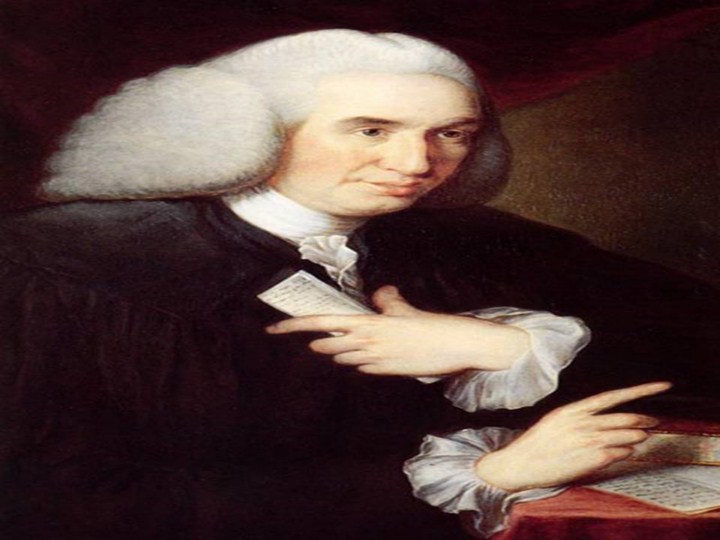| front |1 |2 |3 |4 |5 |6 |7 |8 |9 |10 |11 |12 |13 |14 |15 |16 |17 |18 |19 |20 |21 |22 |23 |24 |25 |26 |27 |28 |29 |30 |31 |32 |33 |34 |review |
 |
The students at Edinburgh were privileged to attend lectures by such medical immortals as the 18th century’s most noted experimental surgeon, John Hunter, 13 February 1728 – 16 October 1793, who gave private lectures outside the University of Edinburgh. Hunter was an excellent anatomist; his knowledge and skill as a surgeon was based on sound anatomical background. Among John Hunter’s numerous contributions to medical science are: the study of human teeth, the extensive study of inflammation, outstanding work on gun-shot wounds, some pioneering work on venereal diseases, studies on the nature of digestion, and verifying that fats are absorbed into the lacteals, a type of small intestine lymphatic capillary, and not into the intestinal blood capillaries as was generally accepted.
•
|